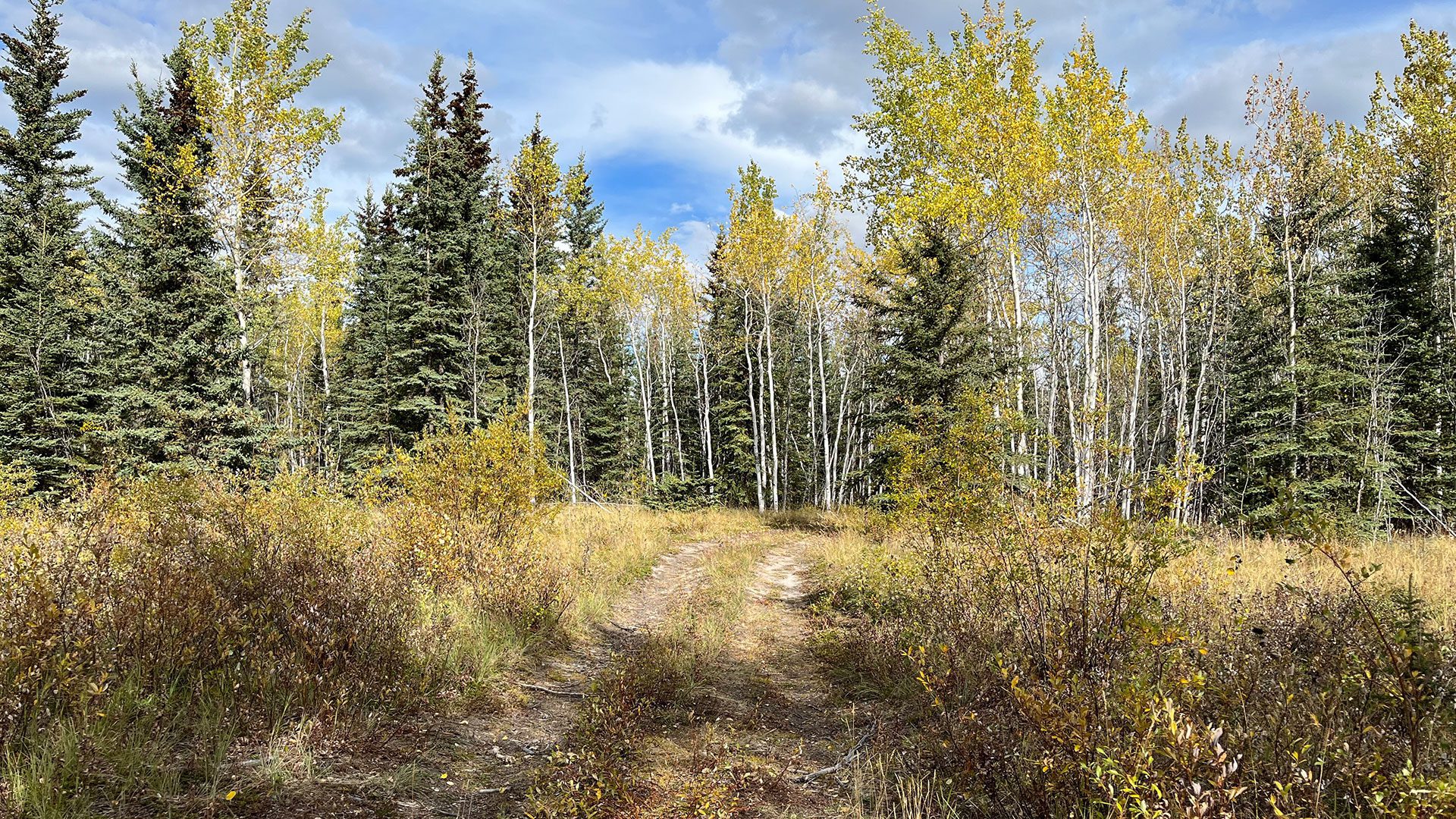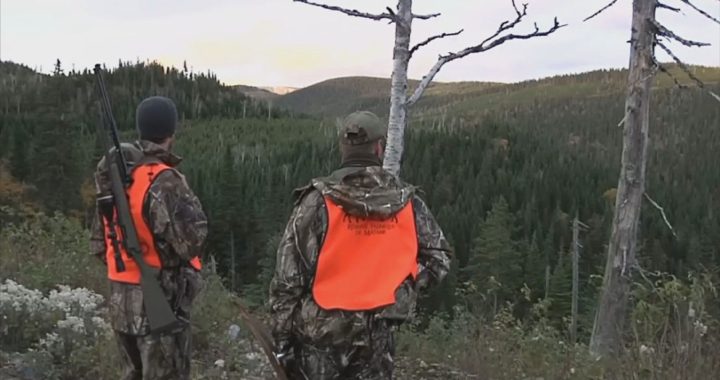The Little Salmon/Carmacks First Nation (LSCFN) in central Yukon says it’s relieved to learn that a proposed agricultural land application was rejected by the territorial government.
According to LSCFN, if approved, the application would be in violation of its final agreements.
“Little Salmon/Carmacks First Nation is pleased with the decision to not go forward with the proposed application. It is important to the First Nation that their aboriginal rights and lands are protected as this area is high importance to our traditional way of life,” LSCFN Chief Nicole Tom said via a Sept. 20 email.
A Sept. 13 decision document, issued by Yukon government, accepted the recommendation by the Yukon Environmental and Socio-Economic Assessment Board (YESAB) to not allow the application to proceed.
“The Decision Body agrees with the Designated Office’s recommendation that the project is likely to result in significant adverse effects to environmental quality, traditional land use, and land use that cannot be mitigated,” the document states.
The proposed development near Twin Lakes, an area just over 40 km south of Carmacks, would lie on LSCFN traditional territory and would fall within 1.2 km of the Airport Lake area, which is part of the First Nation’s settlement land.
Settlement land is land owned and managed by First Nations in Yukon who have signed Final Agreements and are no longer governed by the Indian Act.
Tom said the Airport Lake area is used as a gathering place for her First Nation and is rich in natural resources.
“It’s called the cornucopia because that’s where’d you harvest,” she said. “There’s fish, wildlife, berries, medicines. They’re all along this area.”
Application concerns
Earlier this year, Jesse and Kimberley Walchuk applied to the environmental assessment board to develop a 32.4-hectare oat farm over the course of five years. According to documentation, the development would also likely include a residence in the future.
The territory’s agriculture spot land program grants successful applicants private title for up to 65 hectares of Crown land once the program’s criteria is met by developing the land for agriculture.

Tom said in an interview with APTN earlier this month her First Nation was concerned the proposed tract was in close proximity to their settlement land and would remove opportunities for harvesting and other traditional pursuits.
During a public comment period on the project earlier this year, LSCFN asserted in a 12-page document that the area of the proposed application contained harvestable resources, medicines and trails for fishing, hunting, trapping and gathering.
Harvesting in particular would be affected, as the construction of a residence would entail a 1-kilometer exclusion zone that would include the First Nation’s settlement land.
Jill Chown, acting lands manager for LSCFN, said the First Nation was also concerned with the application’s proposed use of the herbicide Roundup. She said the chemical is banned in many provinces and is toxic to fish and animals.
Other concerns listed in the LSCFN document include the close proximity of cabins in the area and the possibility the proposed tract may contain undocumented archeological and heritage sites.
“This area has been used for as long as anyone can remember and continues to be important to LSCFN citizens,” the document said. “Conversion of open Crown land to a fenced agriculture parcel with residence will remove most opportunities for training, hunting, trapping, medicinal plant and berry gathering from a large area of settlement and crown land for the foreseeable future.”
The document asserts allowing the project to proceed would violate the First Nations’ rights to use the land and resources in the area and would be in breach of its final agreements.
“As much as there’s fiduciary rights, there’s also harvesting rights for the First Nations,” Tom said. “If that relationship’s going to work, then there’s the responsibility of adhering to both those types of rights.”
The document said if the application were to be kept in the proposed area, impacts could not be mitigated. Instead, it suggested moving the application to a place with less heritage value, such as an agricultural subdivision.
YESAB, which assessed the application, issued a recommendation on July 9 stating the project should not go ahead. It determined significant adverse socio-economic effects to environmental quality, traditional land use and land use that could not be mitigated.
Conflict of interest
Chown also pointed to how Jesse Walchuk works for the agriculture branch at the department of Energy, Mines and Resources, the branch of government that is the decision body for agricultural applications.
Government spokesperson Brigitte Parker said in an email to APTN that Yukon government employees have the right to engage in activities administered by the government and there is a conflict of interest policy in place to manage “these types of situations.”
Parker said government officials were aware of Walchuk’s application and that “the Government of Yukon implemented the necessary steps to meet the Conflict of Interest policy criteria. “
That included removing Walchuk from any activities involving his application and delegating the process to the Executive Council Office’s Major Projects Unit “to further ensure fairness and protect the public interest.”
Applicant’s response
Jesse Walchuk did not respond to APTN’s request for comment on the recent decision.
He said in a previous email to APTN he tried to meet with LSCFN representatives on two different occasions.
Those two requested meetings, he said, were refused.
“My intent was to have a respectful conversation where we could learn about potential effects or concerns LSCFN might have, and adjust our application if required,” he said.
Walchuk said despite this, he did his own research in consideration of the First Nation’s traditional land use.
That included adjusting the parcel away from LSCFN land parcels, moving the parcel closer to previous disturbances, applying in an area where other agriculture applications were approved and removing sections that were close to an annotated heritage route.
“I find it extremely frustrating that attempts were made to engage in respectful conversation, but instead LSCFN has chosen to wait until a public forum to issue their letter of concern, citing a number of issues which could have been addressed prior,” he wrote.
“If LSCFN feels their rights under their (Umbrella Final Agreements) are being violated that should be taken up with the Yukon Government, not used against applicants who are simply applying for Agriculture land through an open and existing Yukon Government Policy.”
Land use planning needed
While the application has ultimately not received the green light, Tom said it speaks to the need for land use planning.
She noted land use planning was promised when LSCFN signed its Final Agreements over 20 years ago, but little has been achieved since then.
According to the Yukon Land Use Planning Council’s website, the Northern Tutchone Region, of which LSCFN is a part of, is an area “recommended for future planning.”
“The Yukon Land Use Planning Council is prepared to recommend planning proceed in this region once (First Nation’s) governments and Yukon Government reach a Memorandum of Understanding,” it states.
Chown said if there was a sustainable land use plan the application would never have been considered in the first place.
“It really screams we need land use planning,” she said. “If we had a plan everyone would be on the same page.”
Tom said for now, Elders have suggested placing a moratorium on their traditional territory until land use planning becomes a priority.
“Until that happens, I think that’s the solution for everything that’s going on in the Yukon.”










